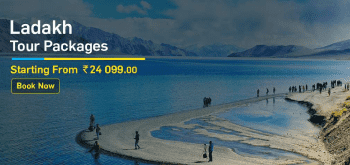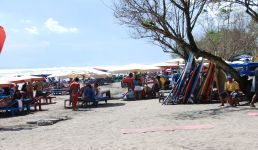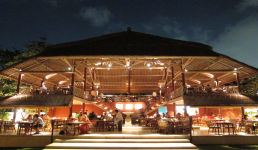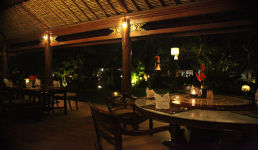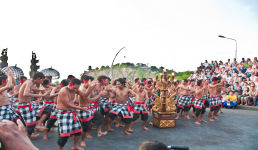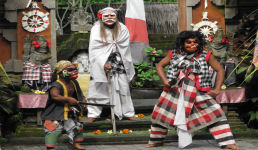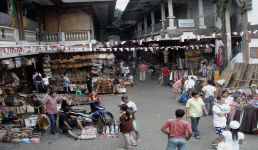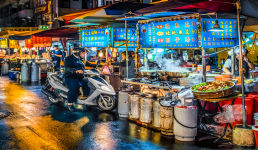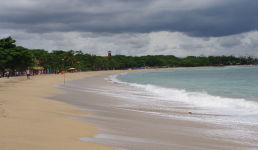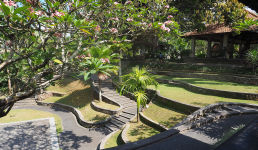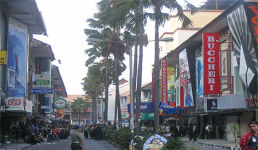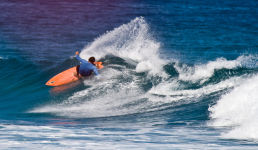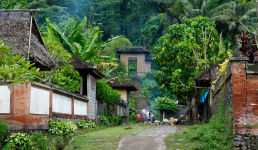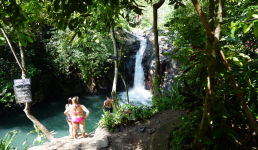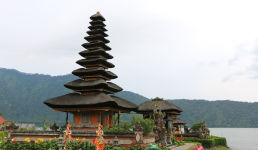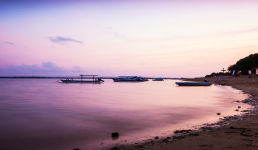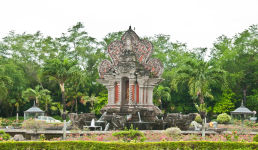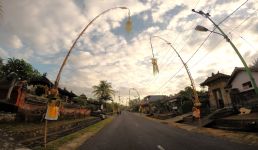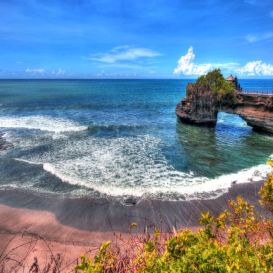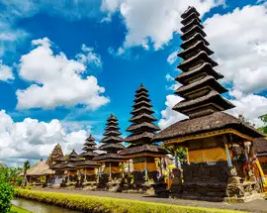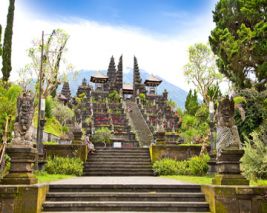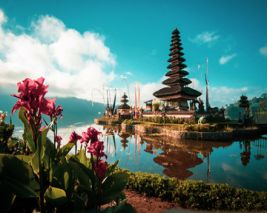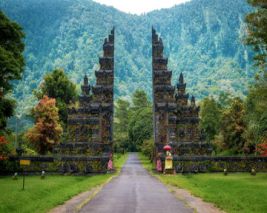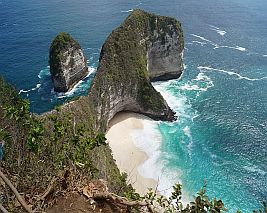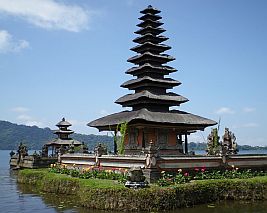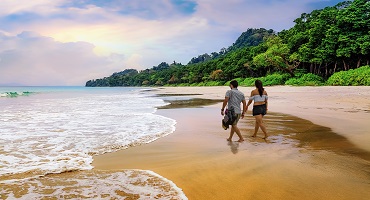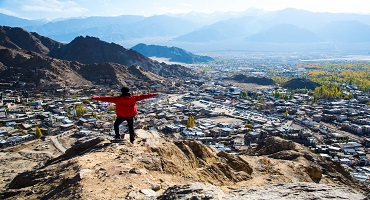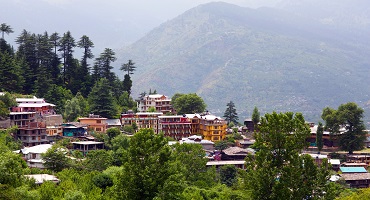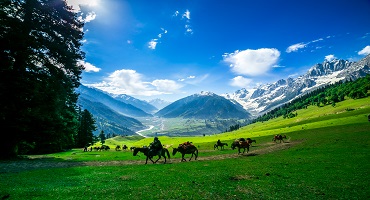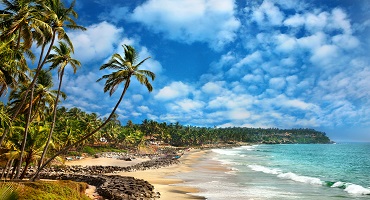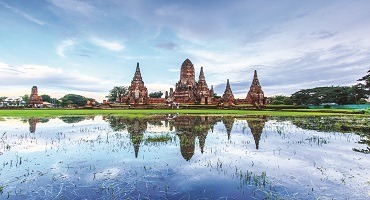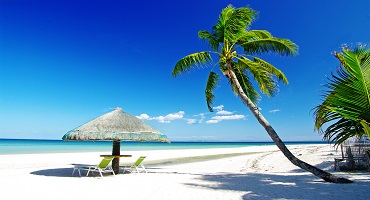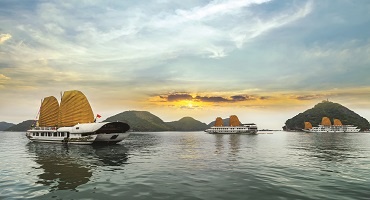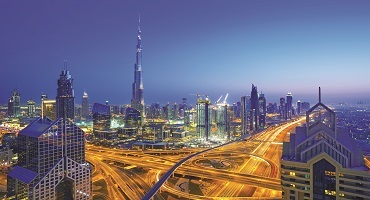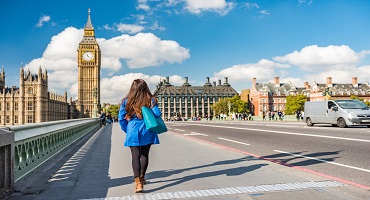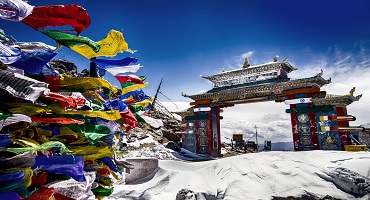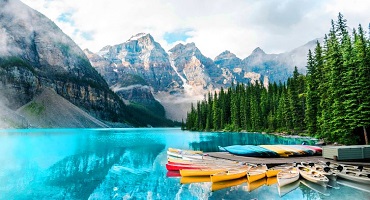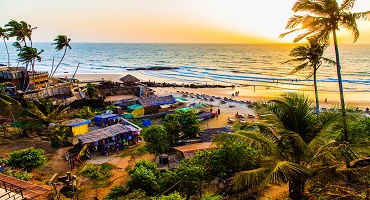Bali – The Bold and the Bountiful
Bali is stroked by the constant rock and roll of waves. It is powdered with the finest sands. Waterfalls slash down its limestone cliffs. Large stretches of emerald paddy fields wave rhythmically in the breeze. A cup of sunshine is poured all over the land – allowing it to bask and bloom in the warmth. Are we waxing lyrical? Does it sound unreal? Well, Bali is, at first glace extraordinary in its beauty. It is, as many people refer to it, the Land of the Gods. So, here we try and capture heaven in a few humble words. Let’s take a walk across Bali’s bounty and discover what this Indonesian island has to offer us.
| Bali Tourism: A Quick Guide View For bali |
| Country |
Indonesia |
| Capital City |
Denpasar (Provincial Capital) |
| Official Language |
Balinese, Indonesian, English |
| Dial Code |
00-62 + Indonesian Area Code |
| Population |
4.2 million |
| Currency |
Indonesian Rupiah |
| Area |
5,780 square kilometres |
Highlights of Bali
Did we say the land of a thousand temples? Well, challenge accepted. Balinese temples here are known as Pura – and there are many beautiful ones to admire and worship. The largest and holiest of them is the 2,000-year-old Pura Besakih, also known as the Mother Temple of Besakih situated on Mount Agung. If quiet serenity is what you had in mind, after the awe-inspiring heights of the Pura Besakih, then settle down to the quiet lap of water that surrounds Pura Ulun Danu Bratan (the water temple), dedicated fittingly to the water Goddess Dewi Danu. The mighty crash for the sea is the perfect location for the stunning Pura Tanah Lot – dedicated to Dewi Baruna, the sea God. Perched on the edge of a cliff is Pura Luhur Uluwatu, another sea temple that was constructed in the 10th century. Take a dip in the sacred waters of Pura Tirta Empul – dedicated to Lord Vishnu. There are many more temples to be found here, combining history, the elements and reverence that is unmatched.
Nature
Thank the gods that Bali was sprung from the sea – it gives you a chance to explore stunning and unique landscapes. Visit the West Bali National Park which contains within its green embrace, savannahs, rainforests and mangroves. Otherwise, explore the wilderness under the sea, when you visit Menjangan Island with its pristine waters and bustling coral reefs. Hike the cool highlands of Ubud, sit in contemplation on the shores of Buyan and Tambligan lakes. Make your way into the interiors of Bali’s jungles to marvel at the waterfalls of Gigit and Singsing. Feel the power of the wind at the cliffs of Melasti beach. Head to Mount Batur for a look at this fiery, bubbling volcano. Feel the tickle of salty sea spray at Nusa Dua – a small gap in the rocks that causes the waves to build up pressure and spray the land. Blue Lagoon, Banah Cliff, the secret gardens of Sambangan… we could go on. You may need to make a second or third trip to cover at least part of Bali’s natural beauty.
Shopping
If shopping is part of your holiday agenda, head to the Beachwalk Shopping centre, where you can find a mix of both international and local products. If art, craft and souvenirs are on your mind, the Kuta art market is a perfect stop. You’ll find beautiful clothes, silver jewellery, pots, hats and other things to take home. Krisna Sunset store is ideal for more pricey Balinese products and souvenirs. For more Balinese crafts, visit the Sukawati art market, where you can buy paintings, wooden sculptures, antiques, gold and silver jewellery, beach fabrics and more. Behind the market, you will find great aromatherapy products, including oils, incense and candles.
Cuisine
If you’re here to eat, then eat you will! Balinese cuisine offers a wide variety of dishes, flavours and surprises for your palette – both vegetarian and non-vegetarian. Sink your teeth into the soft, grilled meat of Sate Lilit, doused in coconut milk and spices. Take a hearty bite of Nasi Ayam, a preparation of rice, meat, spices and vegetables. If you’re looking for a classic, Nasi Goreng it is. Steamed rice, egg, mixed meat, green peas, onions, sweet soy sauce and hot chilli sauce all combine to make a melodious mouthful. A simple plate of Gado Gado – lightly steamed, fresh vegetables doused in a peanut sauce and garnished with fried shallots and sliced tomatoes will keep you going during the day. There are so many wonderful dishes to sample – Sambal Udang, Tuna Sambal Matah, Serapah Penyu, Bubur Sumsum… the list is endless, a fact that we are all grateful for.
Interesting facts about Bali - Coffee, Chocolate and Cash
- Bali is approximately 8 degrees south of the equator
- The world’s most expensive coffee – Kopi Luwak – which is made from the coffee beans digested by a civet cat, is found here
- Bali has beautiful black sand beaches, like Lovina Beach, which comes from the culled lava flow of the Agung Volcano
- The Balinese New Year starts in silence – noise and light are kept to a minimum and the rule applies to all
- The Bamboo Chocolate Factory is the world’s largest commercial bamboo building and offers a variety of chocolate
Location of Bali - Earth, Fire, Wind, Water
Bali emerged, from the heart of the earth. Mighty tectonic plates moved over one another, pushing up the tertiary ocean floor – filled with coral reefs and marine deposits, birthing islands like Bali. A feat worthy of the great Sea Gods. More practically, though, Bali today is a province of Indonesia. This little gem of an Island can be found at the westernmost edge of the Sunda Islands. Along with the Greater Sunda islands, these form the Sunda Arc – an arc of fiery volcanoes that created the islands of Java and Sumatra. From an Indonesian perspective, Bali can be found east of Java and west of Lombok.
Click here to view Bali on Google Map
Timings - Best Time to Visit Bali
Bali is located close to the equator, which turns the island into a tropical paradise for most of the year. April, May, June and September are great times to visit Bali, to avoid the slight heavy hug of humidity. This is the season of water sports – scuba diving, surfing, snorkelling and more. However, the busiest seasons of Bali are during July and August, Christmas and New Year’s.
How to get to Bali - Wind or Water
By Air - The Nugarah Rai International Airport or Depansar International Airport is in the South Bali district, and 13 miles away from the capital city. Flights from some of the biggest international cities in the world, land at this airport. It is also well-connected to other areas in Indonesia, with a fleet of domestic flights that fly to all parts of the country. From the airport, you can easily hop into a taxi to take you to your hotel.
By Road - If you’re travelling in Indonesia, it is easy to catch a bus from Jakarta. However, this is a 23-hour long journey, so brace yourself!
By Ship - Bali is a popular port for many cruise liners. To reach Bali by the waters, fly to Singapore, Java or Sumatra and set sail from there. You can also check out other ways on How to reach Bali.
History of Bali: Culture and Colonisation
Bali is known, as the Island of a Thousand Temples. Each of these temples bear witness to the island’s glorious past and the cultures that influenced it. However, Bali’s story begins somewhere around 2000 BC, when Austronesian people (locals from Southeast Asia, Oceania, Taiwan and Madagascar) migrated to the island. The people settled here, and proof of that is found in stone tools (dated from this time) in the village of Cekik. The allure of the island drew many cultures to its shores. By the 1st century AD, Bali was strongly influenced by Indian, Chinese and Hindu cultures. In 1343, the Hindu Majapahit Empire founded a Balinese colony on Eastern Java. After the empire crumbled, a wave of intellectuals, artists, musicians and priests moved to Bali from Java.
In 1585, Bali had its first brush with European Colonialism. A Portuguese ship sank near the Bukit peninsula, leaving a few Portuguese locals on the island. This was promptly followed by the arrival of Dutch explorer Cornelis de Houtman in 1597, and the establishment of the Dutch East India Company in 1602. The stage was ripe for colonial control, and 2 centuries later, the Dutch influence spread across the Indonesian archipelago. They solidified their presence in Bali, in 1840. After years and years of tumultuous battles, occupation by the Dutch and Japanese, Bali was included in the Republic of the United States of Indonesia when the Netherlands acknowledged Indonesian independence on 29th December 1949.
Today, Bali is certainly a reflection of its past, but it also has a lot to offer to the present and future.


